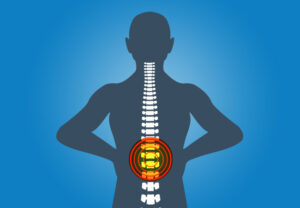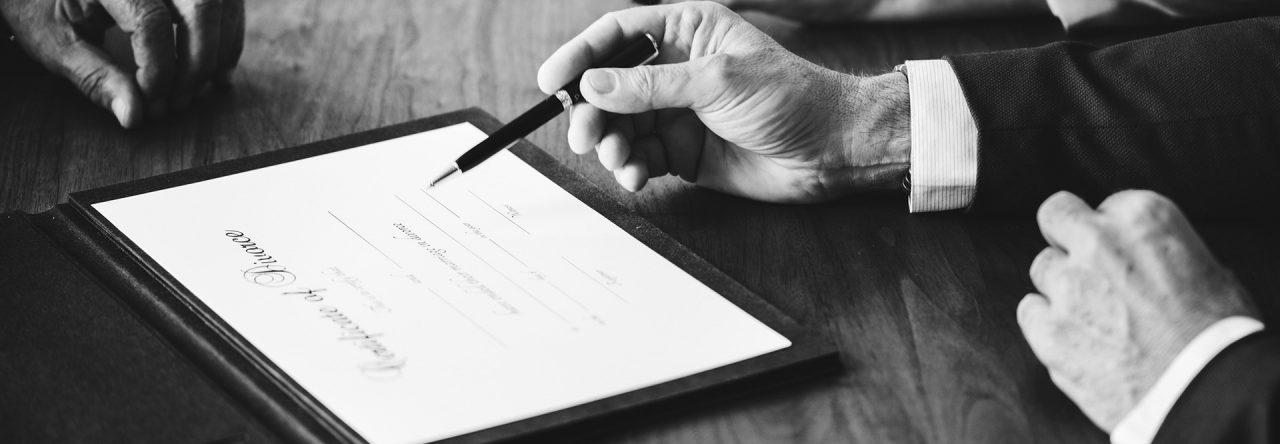While not life-threatening, a Back Injury can limit your movement and cause pain. Treatment can involve medicines, physical therapy, or surgery. To prevent further injuries, you can maintain a healthy weight and avoid bending and lifting your legs when carrying heavy objects. Also, use lower-back supports when sitting or standing. In addition, you can rest your back during prolonged periods by sitting or standing in a chair with low back support. You can also read on Personal Injury Law of Roseville for some simple back injury prevention tips.

Sprains and strains can occur as a result of sudden movements, lifting heavy objects, or a bad fall. In any case, the stress placed on the back’s muscles is concentrated at the base of the spinal column, which is particularly prone to injury. Muscles that are weaker are also more susceptible to sprains and strains. Therefore, it’s crucial to learn how to prevent back injuries before they develop to ensure your overall health.
Several common types of back injuries can occur, including fractures and dislocations. A fractured disc is an example. If a disc is ripped apart, jelly-like material may leak out and press against a nerve. This condition is known as cauda equina syndrome. Various treatments are available for this condition. A back injury can lead to permanent paralysis. Even minor fractures can cause a life-changing event.
Acute pain in the back can occur suddenly, particularly when changing positions after sitting or lying down. Pain may be felt throughout the body or may extend to the buttocks and legs. However, the pain will eventually subside. The next step is determining the cause of your back pain. Your doctor will likely perform some tests, including an X-ray, a procedure that uses X-rays, and a computer to create detailed images of the back.
Grade II and III injuries are the most severe and require immediate medical attention. While a grade II injury usually heals on its own, a Grade III injury may require more aggressive treatment. Treatment may include applying ice to the affected area. Apply ice to the affected area every six to eight hours for two to three days. However, ice can cause damage to the tissues and nerve endings. You may also find it helpful to lie flat on a hard surface for several hours to help your muscles relax.
Another common back pain condition is spinal osteoarthritis, which affects the joints in the lower back. This condition causes a narrowing of the spinal column. Osteoporosis, meanwhile, can lead to small fractures of vertebrae, which can cause considerable pain. These fractures are called compression fractures. These problems can be treated by a medical professional, and with the help of proper rest and diet, you can keep your back healthy.
The spine is made up of 33 vertebrae, each with 31 nerve roots and 32 muscles. The lumbar spine contains five vertebrae and a rugged outer ring, while the thoracic spine is composed of seven vertebrae and connects the chest and ribs. Damage to any of these bones can impair the ability to breathe and cause chronic pain. There are many causes of back pain, but the most common is back injury.
A car accident can cause a fractured spine, even if you are wearing your seatbelt. The upper half of the spine is forced to move in an accident, and a sprained back can cause significant pain. Back injuries can take years to show up in physical therapy and pain medication, so you may want to seek medical care to receive the compensation you deserve. And if the injury was not your fault, you may be able to get compensation from the party responsible.
Surgical treatment options for a spine fracture include corpectomy, which involves removing a vertebra and replacing it with screws or artificial plates. This procedure relieves the pressure on the spinal cord and nerves. It is important to understand that surgery may cause more pain than it cures, but a surgical procedure can help you recover faster from a back injury. While the results of a spinal fusion can be permanent, vertebroplasty can improve your mobility.
Initially, stay active, even if the pain is severe. Using a chair with back support can help your back heal. While resting on your back, you should not lift or twist too much weight or try to bend over at the waist. Also, you should always lift objects with your legs rather than with your back. Also, avoid sleeping on your back. Avoid sleeping on your back if you have pain in the lower back.
